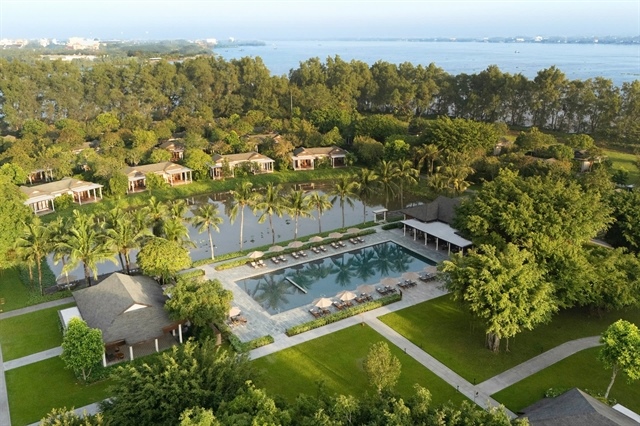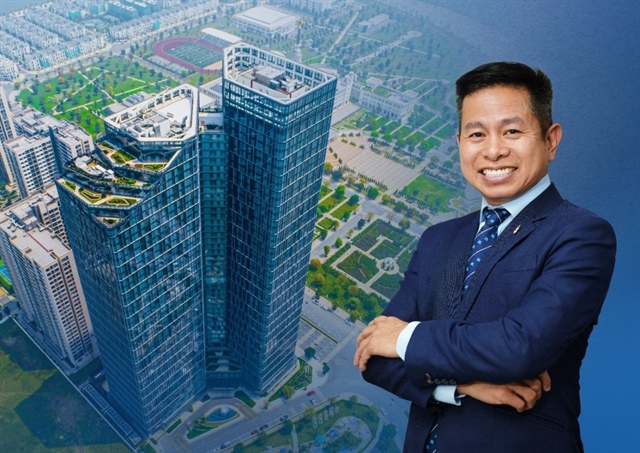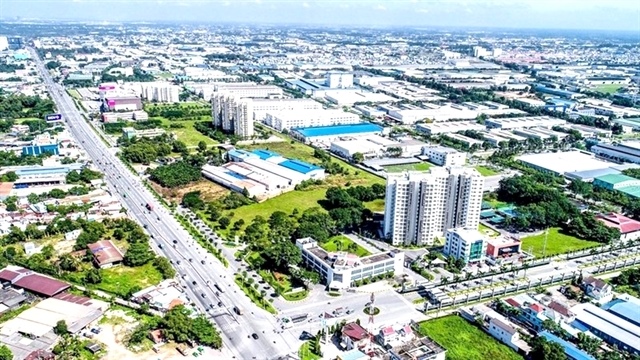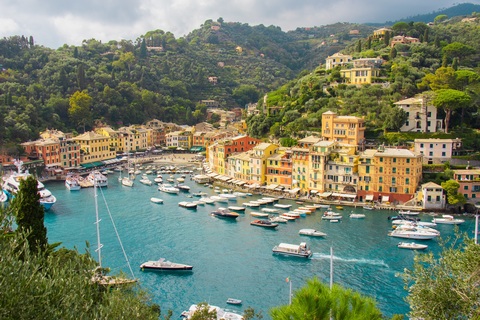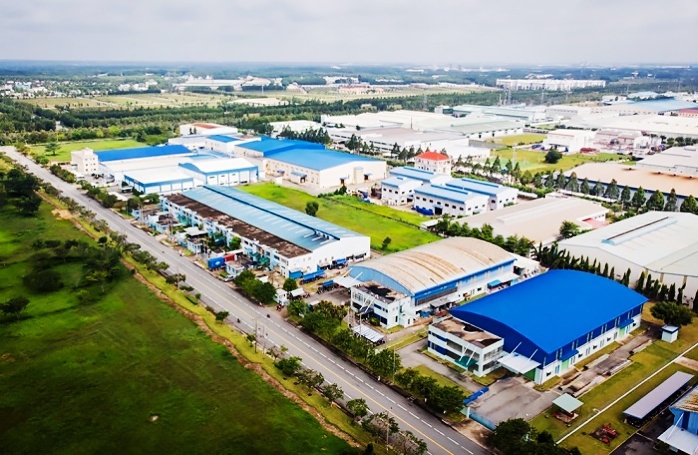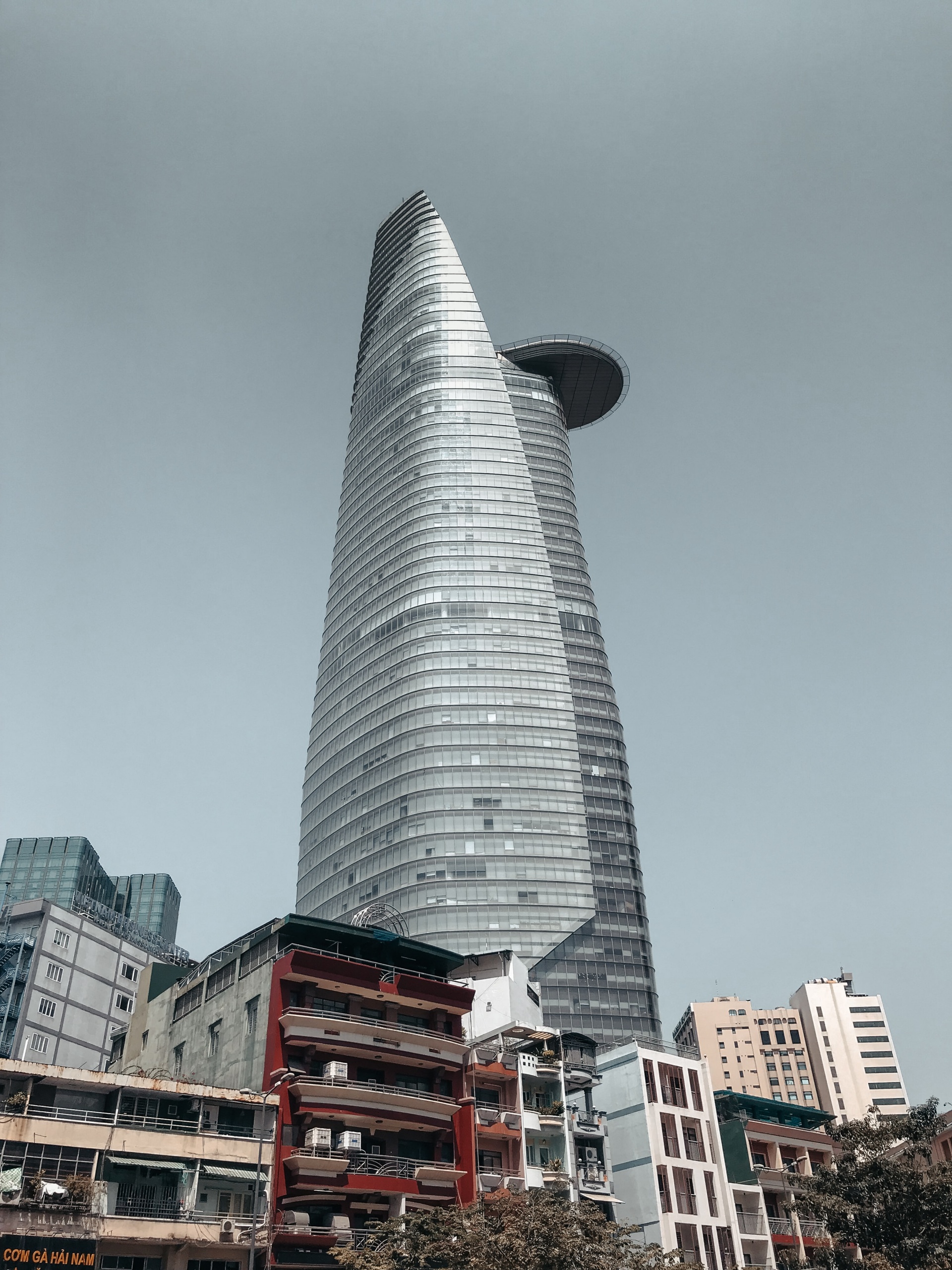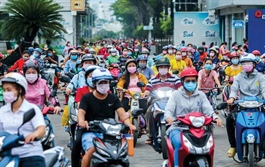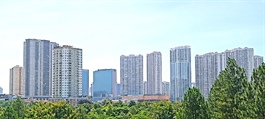The spillover effect creates waves for satellite eco-urban projects in the East of Ho Chi Minh City
The spillover effect creates waves for satellite eco-urban projects in the East of Ho Chi Minh City
Due to the growing scarcity of new supply in downtown, homebuyers are moving to the surrounding areas bordering Ho Chi Minh City, which boasts satellite urban projects with modern amenities and complete infrastructure.
Satellite cities - Solution to reduce pressure in the central area
Many countries around the world have implemented the satellite urban model to reduce pressure on downtown infrastructure. Japan has developed Tokyo megacity comprising of the downtown and satellite areas with a modern traffic network to ease overloading in the centre.
In light of the fast-paced socioeconomic development, urban populations have increased rapidly in large cities like Hanoi and Ho Chi Minh City, placing more pressure on the housing market. Under the Ho Chi Minh City Housing Development Programme 2021-2030, the city aims to reduce the number of newly-developed houses downtown, which exacerbates the scarce supply in the municipal city.
Aqua City eco-smart township in the east of Ho Chi Minh City attracted investors at the opening event of Novaland Gallery 2 Bis Nguyen Thi Minh Khai, District 1
Commenting on this trend, David Jackson, general director of Colliers Vietnam, said that property developers are moving to satellite areas to take advantage of the available land fund to fulfil the huge residential demand. Also, the satellite areas also meet the growing needs of urban residents who are looking to own a fresh living space with a wide range of modern amenities. A survey by Vhome Real Estate Data Channel shows that Dong Nai takes the lead among satellite markets with 16.8 per cent of investors keen on the locality.
A series of key traffic projects have been continuously developed in the east such as the expansion of Ho Chi Minh City-Long Thanh-Dau Giay Expressway; Bien Hoa-Vung Tau Expressway; inter-regional project connecting Thu Duc City and Dong Nai. The projects help reduce the commuting time from the satellite areas to HCMC to about 15-20 minutes. In particular, Long Thanh International Airport is expected to be put into operation by the end of 2025 with a capacity to handle 25 million passengers per year.
In addition to the infrastructure motivation, the east of Ho Chi Minh City also boasts abundant land funds so that investors can implement real estate models that lead the trend. The development of eco-smart townships with fully integrated functions and amenities will be a magnet to investors who are looking to meet customers' higher requirements for quality of life.
The push for eco-cities in satellite areas
Aqua City is located at a strategic location between Ho Chi Minh City and the Southeast provinces, which is convenient to promote the trade flow in the region. Thus, the project is expected to bring value to investors thanks to the changing facade of the eastern region of Ho Chi Minh City.
In addition, Aqua City also inherits advantages from NovaGroup's comprehensive ecosystem such as Nova Education, Nova Healthcare, Nova Fashion Retail, Nova FnB, Citigym...thereby increasing real estate value in the project. The construction of Aqua City has been on schedule with internal infrastructure near completed and a number of items already in place. While Aqua City is slated to be put into operation in 2023, a number of facilities are ready to welcome visitors and create excitement for the whole area. Notably, Aqua Marina - the square and marina complex, Aqua Sport Complex, and Aqua Central Mall will bring residents a modern living experience. The transformation of Aqua City day by day is a testament to Novaland's capabilities. It also promises to add more value to the project in each cycle of price increase.


